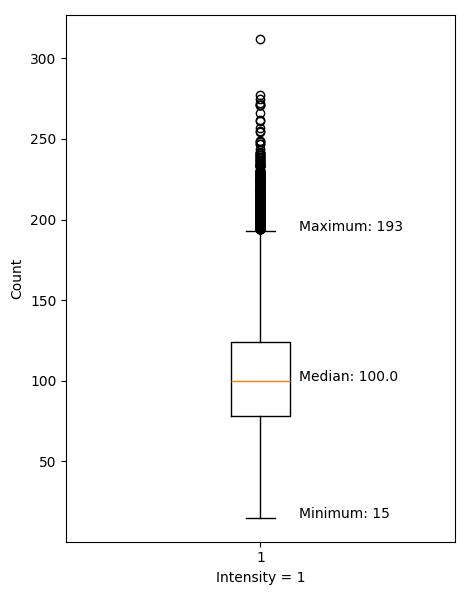Datasets:
Search is not available for this dataset
image
image |
|---|
Dataset Card for MNIST3D
Dataset Description
Dataset Summary
The MNIST3D dataset consists of 70,000 point clouds of handwritten digits generated by converting the images from the original MNIST dataset. Each point cloud has 193 points.
Languages
English
Dataset Structure
Data Splits
The data is split into training and test set. The original data split of the MNIST dataset is preserved.
Dataset Creation
Curation Rationale
The MNIST3D dataset serves as an accessible entry point for those interested in applying machine learning models to 3D point cloud classification tasks while spending minimal efforts on preprocessing and formatting.
Methods
- The MNIST dataset is loaded from the
keras.datasetsmodule. - The pixel intensity distribution of the MNIST images is analyzed. As shown in the plot below, intensities are clustered toward 0 and 255. A threshold equal to 128 is chosen.
- Images are binarized. Intensities greater than the threshold are converted to 1, the remaining ones to 0.
- Images are converted to point clouds. Pixels with non-zero intensity are
considered as points where the intensity acts as the z-coordinate. The
xandycoordinates are normalized in the 0-1 range. Thezcoordinate is converted to 0. - The total number of points is set to 193, which is the maximum (outliers excluded) of the distribution of non-zero intensities in the binarized images (see boxplot below).
- Gaussian noise with mean set to zero and standard deviation equal to 0.01 is added to the three dimensions.
The dataset is generated by running main.py and written to disk as NumPy files
(npy format). Plots are drawn by running plotter.py, while size_calculator.py
allows to compute the dataset size.
Additional Information
Dataset Curators
Cristiano Pizzamiglio
Licensing Information
MIT Licence
Acknowledgment
- Downloads last month
- 72

